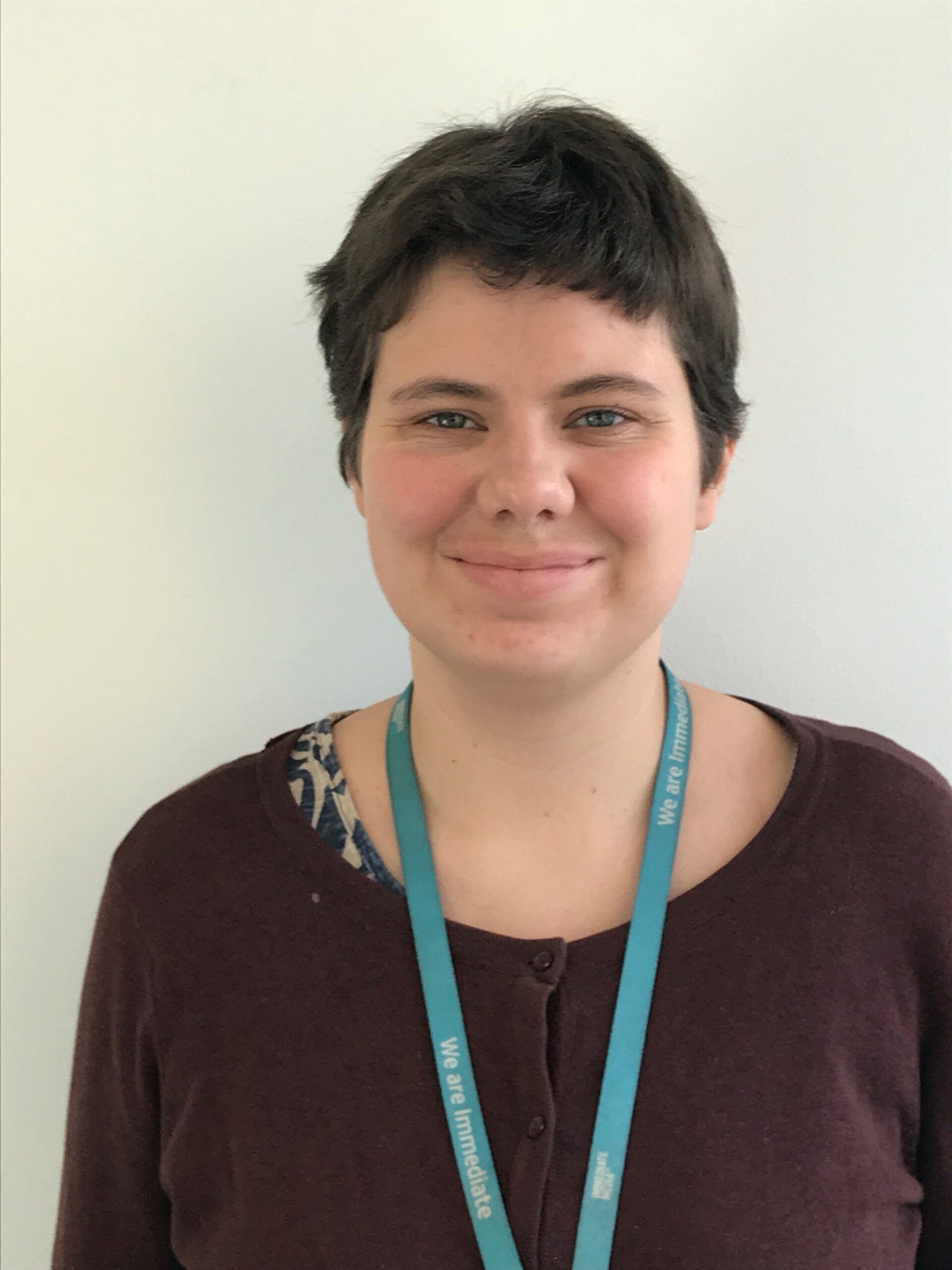Former Today programme presenter and acclaimed broadcaster Mishal Husain was born on 12 March 1973 in Northampton. She spent much of her childhood in Abu Dhabi. As she says at the start of her episode of Who Do You Think You Are?: “My grandparents were all born in what was British India and they then became Pakistani in 1947, and my parents then became British, so I feel all of that is part of my heritage.”
Mishal has published Broken Threads, a bestselling book about her grandparents, but she still has unanswered questions about her family history. Particularly, she wants to know if her paternal grandmother Mary Quinn had Irish ancestry. She also wants to investigate a rumour that an ancestor called Thomas Quinn was a doctor to a Maharaja.
“I already feel quite emotional thinking about this journey,” she says. “It’s going to show me a part of the world where my father was born and where I’ve never been, and so it is going to open a door into this branch of my family tree which has always been closed to me.”
Thomas Quinn was Mary Quinn’s grandfather and Mishal’s 2x great grandfather. His 1863 marriage record from Visakhapatnam in India gives his profession as ‘assistant apothecary’.
To find out more, Mishal heads to Visakhapatnam. Records show that Thomas was an assistant apothecary, or low-level doctor, with the 23rd Light Infantry, an Indian regiment. He was a gifted physician, winning prizes as a student at medical school, but was probably held back from socially advancing because he was of mixed Indian and Irish heritage.
However, by 1878 Thomas was working for the Maharaja of Vizianagaram. An old newspaper report on his daughter’s wedding in 1887 describes him as “Surgeon to His Highness the Maharaja”. He later became superintendent of the Maharaja’s hospital.
“To end up making a contribution to the community here, not just to the Maharaja – it’s not a bad legacy,” Mishal says.
Mishal wants to find out if Thomas had Irish ancestry, and how far back his family was in India. The family history records don’t show this, but in the results of a DNA test by Mishal’s great aunt, she has 31% Irish heritage.
Mishal has a connection to yet another country in the family of Mary Louisa Farley, Thomas’ wife. Mary’s father William’s baptism record is in Danish, because he was born in 1820 in a Danish enclave in Trankebar, now known as Tharangambadi. The record names his father as Joseph Swasey Farley, his mother as Harriet Farley and his paternal grandparents as Jabez and Susan Farley.
In Tharangambadi, Mishal meets author Harry McClure, who shows her the records of her 4x great grandfather Joseph Farley. He was an exporter, selling goods from India to America. In a letter from 1820 from Batavia in Indonesia, Joseph says that he’s going to become a planter in the country and move his family there.
Harry explains that the proposal was to establish a lucrative plantation growing sugarcane. Such a plantation would have used indentured workers, which Mishal describes as “not a very happy thing to find out”.
Another letter, from 1821, was written by Joseph’s mother Susan, asking why she hasn’t had word from him. Susan was writing from Ipswich in Massachusetts. Joseph was American.
Another newspaper article from 1822 says that the ship Joseph was sailing on from Batavia to Madras was lost. His wife Harriet was left an impoverished widow with six children.
Mishal’s also intrigued by a record that says that Joseph “was graduated at Cambridge” – from Harvard University in Cambridge, Massachusetts.
“What was it that made him think he wanted to come as far away as India?” she says. “What was it about the environment in that elite setting that turned him into a young man who wanted to see the world, who wanted to make a name for himself?”
Mishal travels to America and to Cambridge. She finds that Harvard’s records show that Joseph had a chequered career. He was thrown out of Harvard for protesting the quality of the food, but he was ultimately let back in and graduated with honours.
Mishal goes to Ipswich to learn more about Joseph’s father Jabez Farley. At Ipswich Library, she meets local researcher Penny West – Mishal’s fifth cousin twice removed, as she’s the 3x great granddaughter of Robert Farley, Jabez’ brother. Penny tells her that Jabez fought in the American Revolutionary War, when America established independence. He fought at the 1775 Battle of Lexington and Concord, which started the war, and also at the Battle of Bunker Hill. A plaque at the library commemorates “Major General Michael Farley and his four sons” – including Jabez – because of their service in the war.
“I’m now personally connected, not just to this place but to the American Revolution,” Mishal says. “I could never have imagined that.”
In Boston, she meets historian Professor Bob Allison. He says that Mishal’s 6x great grandfather Michael Farley was a member of the Massachusetts House of Representatives who voted against taxes imposed by the British because they opposed taxation without representation. He was a leader of the militia in the war and would have known George Washington.
The Farley family appear to have arrived in America from England in the 1670s – so, as Mishal says, her family have come “full circle”, since her parents immigrated to England from India.
“It’s definitely given me a different sense of myself,” Mishal says. “I only really thought of my life as being India, Pakistan and Britain, and now I can claim that a bit of American history runs in my veins.”

